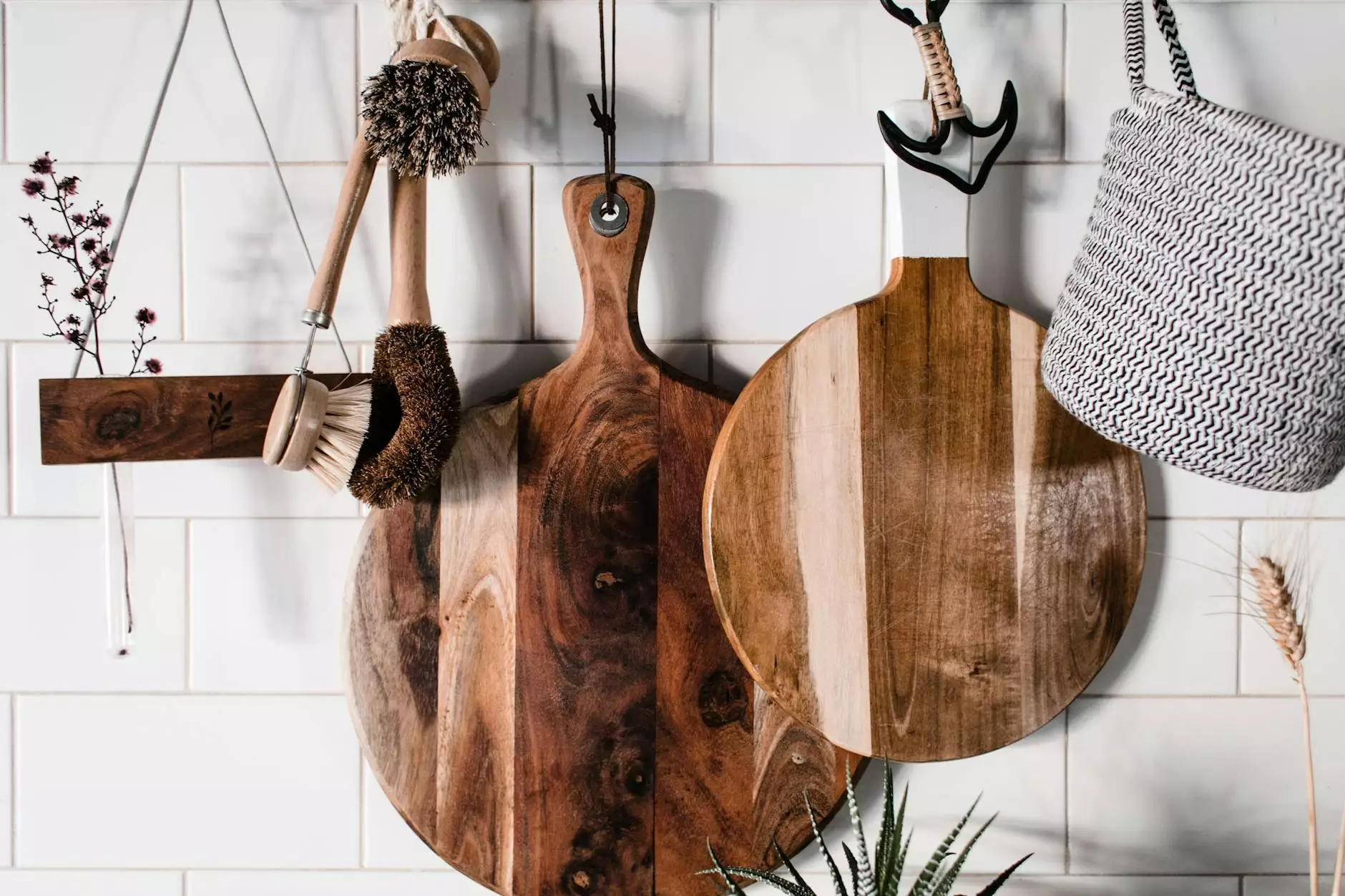Your Guide to What to Prune Now & What to Leave Until Spring

Introduction
Welcome to Cutting Hedge Services, your go-to resource for expert gardening advice and services. In this comprehensive guide, we will provide you with valuable information on what to prune now and what to leave until spring. Whether you're a seasoned gardener or a beginner, our tips and insights will help you maintain a beautiful and thriving garden all year round.
Understanding Pruning
Pruning is an essential practice in gardening that involves removing specific parts of a plant, such as branches, buds, or roots. By strategically pruning your plants, you can promote healthier growth, improve aesthetics, and prevent diseases or pests from spreading. However, it's crucial to know the right time and techniques for pruning, as different plants have varying requirements.
Pruning in Winter
Winter is an ideal time to prune certain types of plants. Dormant trees and shrubs are less susceptible to stress and diseases during this period. Here are some plants that you can safely prune in winter:
- Fruit Trees: Pruning fruit trees during their dormant stage helps stimulate better fruit production and shape the tree's structure.
- Roses: Remove dead or damaged canes and thin out the remaining branches to encourage new growth and maintain an attractive shape.
- Deciduous Trees: Prune deciduous trees to remove dead, diseased, or crossing branches. This improves their overall health and appearance.
Pruning in Spring
Spring is a crucial time for pruning as plants start to come out of dormancy and begin new growth. However, not all plants should be pruned during this season. Here are some plants that you should leave until spring:
- Spring Bloomers: Plants that produce early spring flowers, such as azaleas and forsythias, should be pruned after their blooming period. Pruning them too early can result in fewer flowers.
- Summer-Flowering Shrubs: Wait until spring to prune shrubs that flower in the summer, as they develop blooms on new growth.
- Evergreen Trees: While light pruning can be done in early spring, extensive pruning should be avoided as it can stunt their growth.
Proper Pruning Techniques
When it comes to pruning, using the correct techniques is essential for the long-term health of your plants. Here are some best practices to keep in mind:
- Tools: Invest in high-quality pruning tools, such as sharp pruning shears, loppers, and pruning saws, to achieve clean cuts without damaging the plant.
- Cutting Technique: Make a clean, angled cut just above a bud or node to encourage new growth in the desired direction.
- Pruning Wounds: For larger branches, use proper pruning techniques by making a three-part cut to avoid bark tearing and facilitate healing.
- Disinfection: Clean your tools with rubbing alcohol or a solution of 1-part bleach to 9-parts water to prevent the spread of diseases or pests between plants.
Conclusion
Pruning is an art that requires knowledge and careful execution. By understanding what to prune now and what to leave until spring, you can create a garden that flourishes and showcases its natural beauty. Cutting Hedge Services is here to support you every step of the way, offering expert advice and top-notch services for all your gardening needs. Contact us today for a consultation and let us help you transform your outdoor space into a stunning botanical haven.










